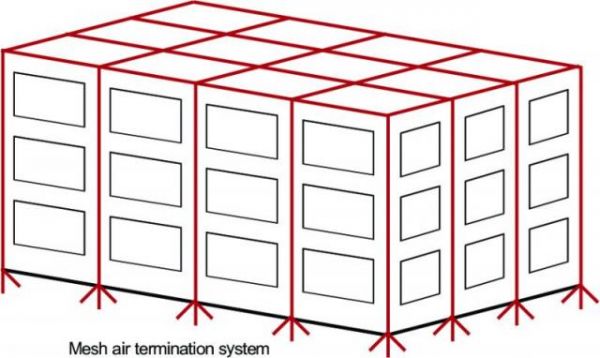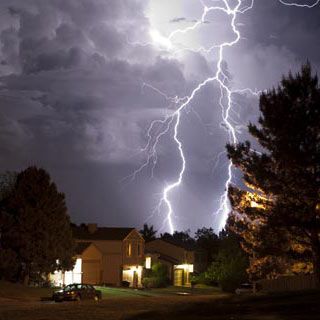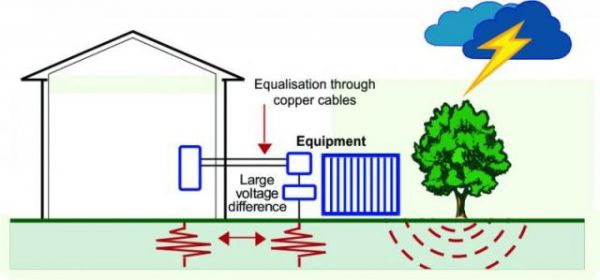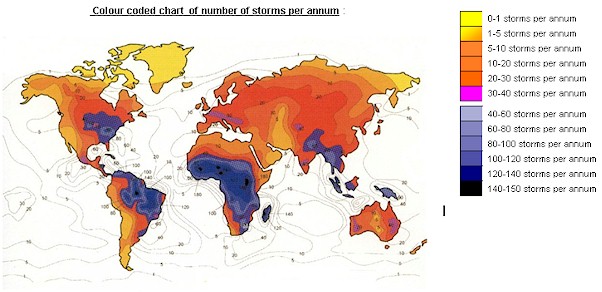How Lightning affects Electronics
During the last decade enormous advances in electronic technology have been made, bringing sophisticated electronic equipment into our homes in the form of video, sound, security, computers and appliances. However, due to miniaturisation, these products are also susceptible to interference emanating from lightning and load switching and to prevent damage from occurring, correct protection is required.
Recent adoption by the South Africa Bureau of Standards SANS 61024-1 {protection of building structures against lightning electro magnetic pulse (Lemp)} and SANS 61312-1 {protection of information systems against Lemp} now makes it possible to design protection systems that will greatly increase the reliability of installed electronic equipment. Clearline’s objective is to provide effective protection solutions at affordable costs.
How does Lightning Affect Electronic Systems?
Galvanically coupled surge voltages:
Lightning can strike the air conductors directly and surge voltages, even from kilometres away, can enter into your installation. This surge voltage is then passed to ground through your equipment which can lead to damage or complete destruction of your equipment.
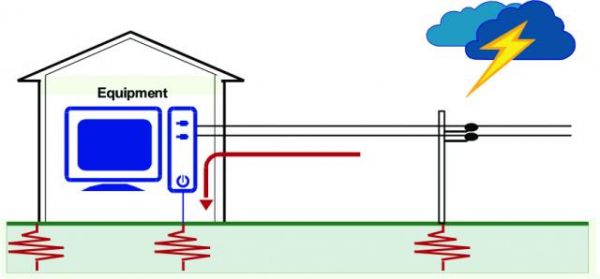
Induced surge voltages:
When lightning strikes an object, (a building, tree or pole etc.) high currents at fast wave fronts occur causing large electromagnetic fields which are then induced into your electrical and data communication cabling. Equalisation then occurs which could cause damage to your equipment.
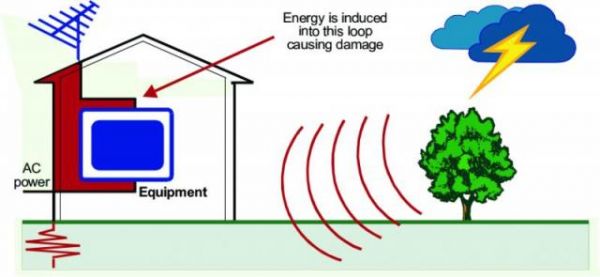
Earth potential differences
When lightning strikes a structure, (a building, tree or pole etc.) a high voltage potential exists for the duration of the strike at the point of contact of the structure to the ground. Due to resistivity of the earth, decreasing voltage potentials will be experienced along the current paths moving away from this point. Should you have electronic equipment referenced to different earth systems while connected to each other via copper cables, equalisation will tend to occur via the copper cables resulting in equipment damage.
External Protection
External or structural protection should always be considered as an integral part of a correctly designed protection system. As the name implies, external or structural protection will only protect the structure and not the equipment located inside the structure. When lightning current is passed into the ground, high electromagnetic fields are generated which will be induced into cabling and wiring causing equipment damage. A correctly co-ordinated protection system to SABS IEC 61024-1 and SABS 0313 should be followed.
Single pole protection system
A common form of structural protection is the single pole lightning conductor. The lightning pole is located considerably higher than any other point or area of structure to be protected and provides a cone of protection around the structure. The object of the pole is to intercept the lightning discharge and to provide an orderly path to the ground.
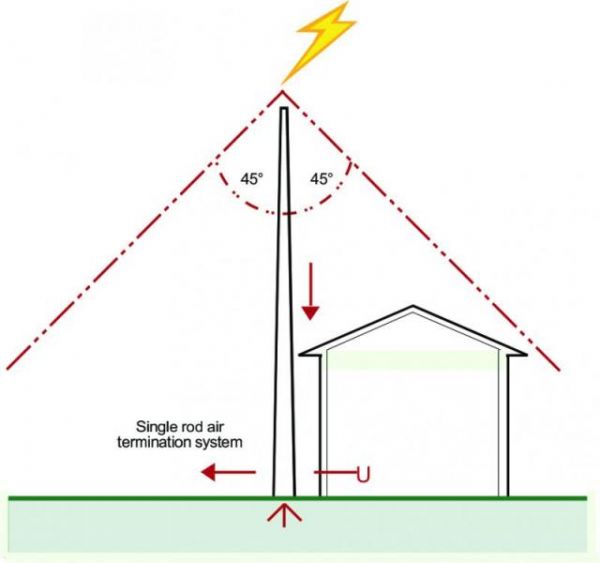
Mesh air termination system
The system consists of several capturing points connected to each other through conductors. A network is formed which is extended with conductors leading to the earth electrode system. This method is suitable for larger buildings as it is usually easy to install.
